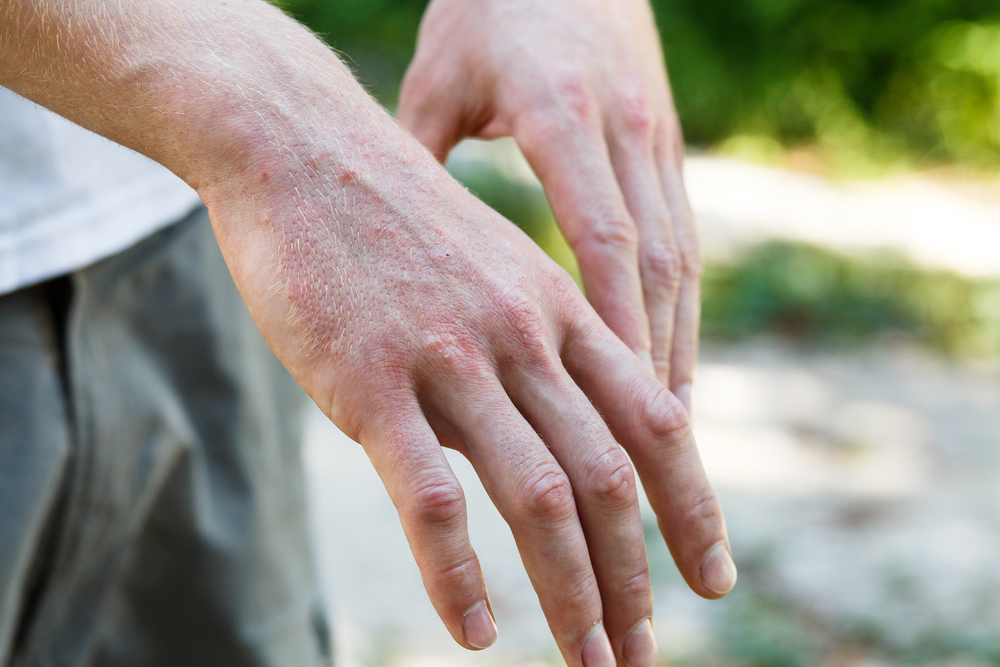Jewelry is an important accessory in your life symbolizing your commitment to a marriage, affiliation with a school or organization, or other significant relationships. Because it’s constantly in contact with your body, it’s critical that your jewelry material doesn’t cause any allergic reactions or other health issues. Silicone is known as a hypoallergenic substance, but a small number of people still have problems with it. Learn how to determine if this is you and what steps you can take to prevent skin rashes.

Most People Are Fine With Silicone
Silicone is exceedingly inert and rarely reacts with any other substance including your skin. This hypoallergenic material is used extensively in the food and medical industries for this exact reason. People with latex allergies often wear silicone gloves to prevent skin reactions.
Compare this to nickel, which is a common allergenic and present in nearly every kind of metal ring. That means silicone is an excellent option for people who have had allergic reactions to rings in the past.
If you suspect you may have a silicone reaction, its best to consult your doctor. Most people who have issues with silicone rings have actually developed ring rash. This condition looks a lot like an allergy due to the red, raised skin underneath the ring.
How To Prevent Ring Rash
Ring rash occurs when everyday substances such as dirt, lotion, and sweat get trapped under a ring made from any material. In some cases, these act as skin irritants, causing what looks like an allergic reaction. Another common problem is when moisture that gets trapped under a ring becomes a breeding ground for bacteria. This bacteria can cause your skin to become inflamed, but there are a number of ways to prevent this:
- Don’t apply lotion under your ring. If you don’t use lotion under the ring, it can’t irritate the skin. There’s also less moisture for bacteria to grow. If you must apply it or it gets on your finger by accident, simply wipe off the excess.
- Clean your ring periodically. This can be simple as scrubbing it with hot soap and water, which removes any irritants and helps kill bacteria. If you want to be extra thorough, soak your ring in a hydrogen peroxide and vinegar solution then boil it in water for 15-20 minutes.
- Remove your ring while bathing and sleeping. This allows your ring to dry out and your skin to breathe. Bacteria has less of a chance to grow and scratches from irritants can heal.
- Get an avulsion silicone ring. Some silicone rings include designs on the inside that create space between most of the band and the skin. This lessens the possibility of irritation by creating less contact for skin irritants and less moisture for bacteria.
Getting rid of ring rash is as simple as being mindful about caring for your ring and body. If the rash doesn’t go away in a few days or gets worse, you should see a doctor.
Silicone rings are an excellent option for people who have allergies to traditional metals. Take care of your ring to hold off ring rash and contact your doctor if you think you have a rare silicone allergy.